Date: 22 May 2012
Photo: SCHOTT
Mainz, May 18, 2012 – Museums focus on preservation and communication. The 4th SCHOTT Architecture + Design event that featured presentations from well-known speakers and museum experts who work for SCHOTT, but also a case study on modernization that even included a tour of the Museum of Ancient Shipbuilding in Mainz, looked at how these topics have changed in the area of exhibition architecture over the centuries, the options that exist for planning exhibits and how the efficiency and appeal of museums can be enhanced by using glass and light.
Based on the example of the Museums Island in Berlin, Florian Mausbach, the former President of the Federal Office for Building and Regional Planning, explained the exciting history of the museum complex that was designated a UNESCO World Heritage site in 1999. The master plan for the Museums Island, the product of an architectural competition held in 1993 that was modified numerous times, called for all of the buildings, the Neues Museum, the Pergamon Museum, the Old National Gallery, the Altes Museum and the Bode Museum, to be modernized, joined together in structural terms and an additional modern entrance and visitor center similar to the Louvre to be built as a “service element.”
Interior designer Susanne Neumann from Schmidhuber + Partner in Munich talked about “Communication inside a room” and the trend towards “brand architecture.” She demonstrated how architecture can embody the characteristics of brands based on the examples of Audi’s futuristic exhibit booth and the Audi Pavilion, but also a planning concept for the Chinese “Ningbo Urban Planning Museum.” The brand experience, people’s emotional ties to brands, takes on completely new dimensions due to the new technological capabilities that are now available that range from complex mold making that uses new materials, medialization of surfaces, textile interfaces to flexible and transparent gel structures and even parametric drafts. Susanne Neumann presented a film on the German Pavilion project “Balance City” from the EXPO in Shanghai as a good example of a successful project. Schmidhuber+Partner was the firm responsible for the architecture and SCHOTT acted as its expert partner by offering its know-how and supplying a wide variety of different glass products and lighting solutions.
Ulrich Huber, an expert on museums who works for SCHOTT, discussed what SCHOTT is able to contribute to make museums more attractive and increase their efficiency. Restoration glass products were used in reference projects like the Deutsches Museum, The Museum of Natural History and the Palace of Tears in Berlin to preserve the authenticity and thus the typical character of these historic buildings. Thanks to its low residual reflection, anti-reflective AMIRAN® glass in a façade application guarantees transparent viewing. In fact, this product can even be used when the lighting conditions are far from perfect. And when used in display cases or in front of pictures, AMIRAN® and MIROGARD® give the respective artworks virtually “boundless” presence. Ceilings can be illuminated to deliver perfect, shadowless light with OPALIKA® white flashed opal glass and walls that magically change to form new islands of experience with smart glasses like MAGIRA® LightPoints or semi-transparent MIRONA®, for example. Presenting an object just perfectly calls for dramatic and energy-efficient lighting on the basis of light diodes and filigree fiber optics that require hardly any maintenance.
Energy efficiency is a must on the way to creating a “green” museum. “Electricity can be produced by using intelligent and environmentally friendly architecture,” says Reinhold Huber, an expert on building-integrated photovoltaics and one of the speakers. SCHOTT ASI® thin-film solar modules offer an ideal solution for museums when used as overhead glazing or as a façade solution (as in the Museum of Natural History and the Museum of Ancient Shipbuilding in Mainz). The semi-transparent modules that are also available as insulating glass not only turn the roofs and façades of museums into solar power plants, but also allow for air-conditioning and shade that protects light-sensitive exhibits.
The case study “Future Meets Tradition – The Museum of Antique Shipbuilding” developed by architect Ralph Schulte documented the successful modernization of a historic building from an energy efficiency point of view and shows how science and research can be presented more professionally with the help of anti-reflective glass and customized lighting solutions. The tour through the museum that followed rounded off this successful event by offering further details on modernizing museums, new opportunities and the many areas in which innovative solutions from SCHOTT can be used in museums.
As Dr. Elmar Günther, the head of marketing at A+D, noted, “The feedback we’ve been getting from architects and museum planners on this event clearly shows that we are able to score points and significantly sharpen our profile as a partner for architects and designers through this type of networking.” More such events for architects on topics like museums and restoration are already being planned.
SCHOTT is an international technology group with more than 125 years of experience in the areas of specialty glasses and materials and advanced technologies. SCHOTT ranks number one in the world with many of its products. Its core markets are the household appliance, solar power, pharmaceuticals, electronics, optics, transportation and architecture industries. The company is strongly committed to contributing to its customers’ success and making SCHOTT an important part of people’s lives with high-quality products and intelligent solutions. SCHOTT is committed to managing its business in a sustainable manner and supporting its employees, society and the environment. The SCHOTT Group maintains close proximity to its customers with manufacturing and sales units in all major markets. Its workforce of around 17,000 employees generated worldwide sales of approximately 2.9 billion euros for the 2010/2011 fiscal year. SCHOTT AG, with its headquarters in Mainz (Germany) is owned by the Carl Zeiss Foundation.

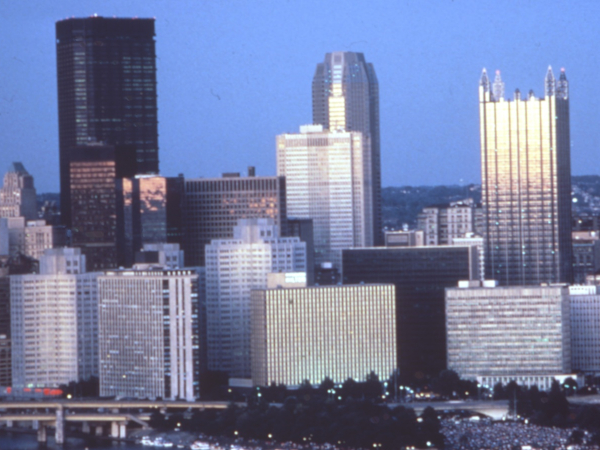
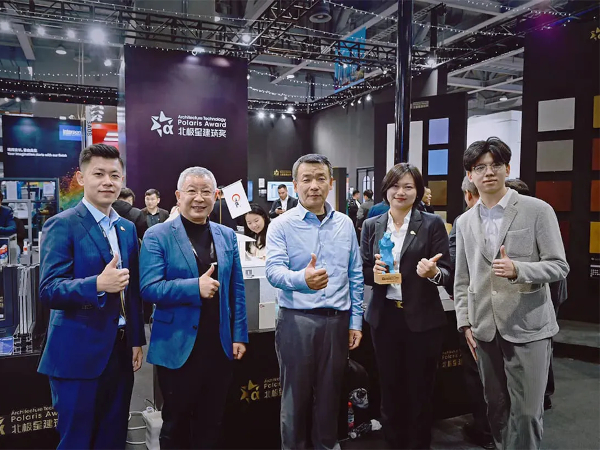
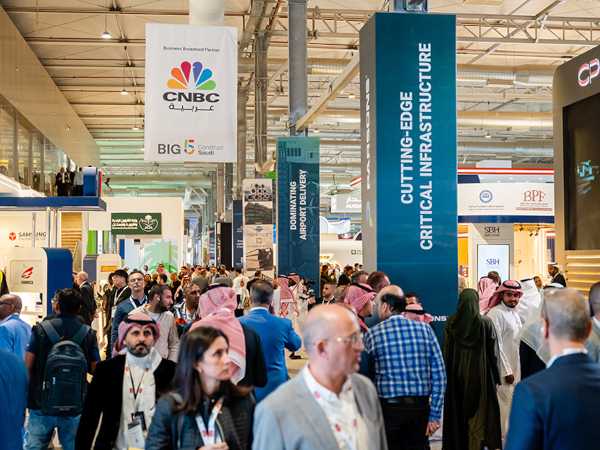
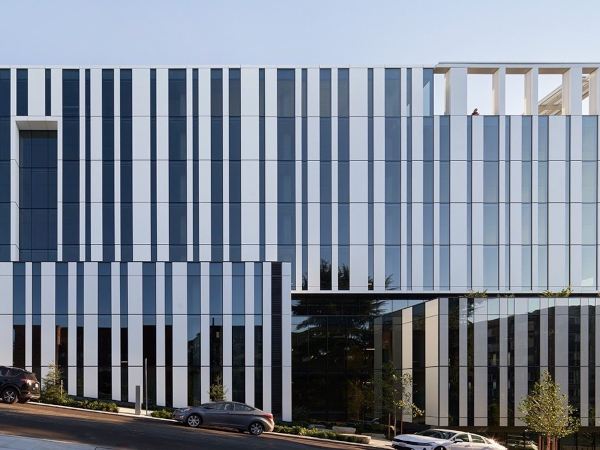
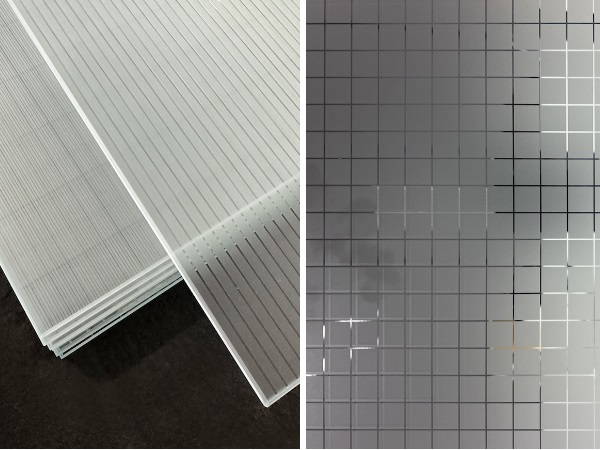
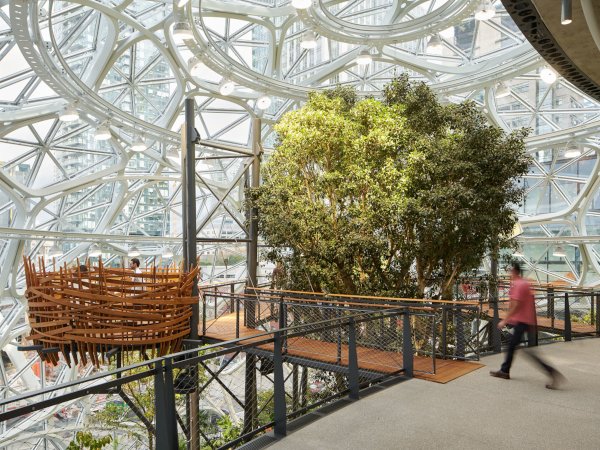






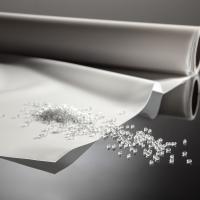
Add new comment